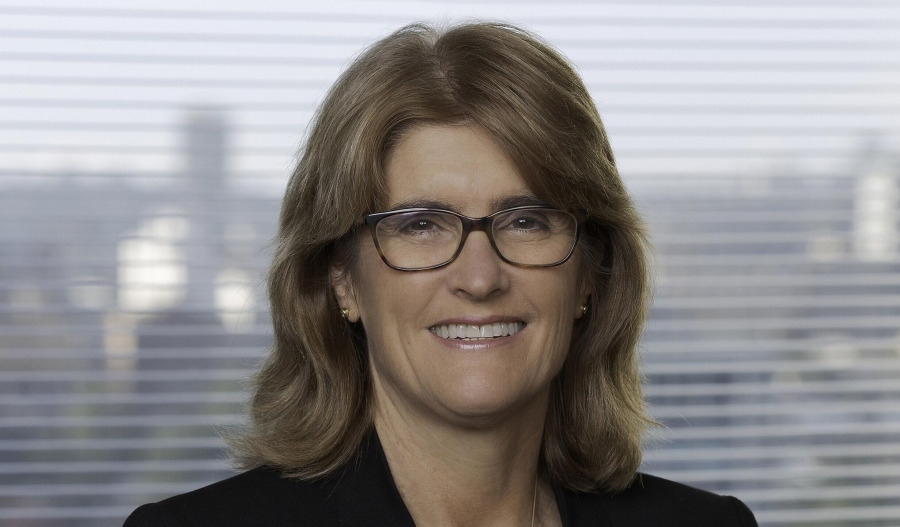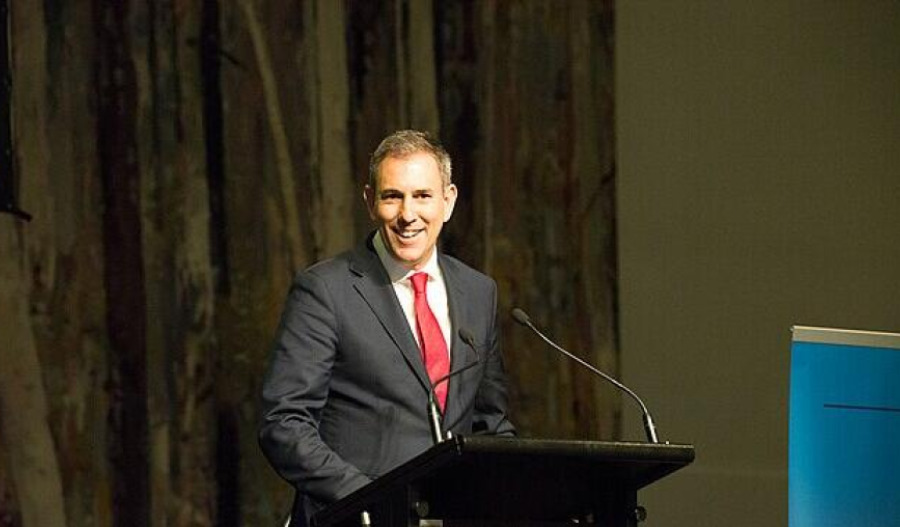Australia’s unemployment rate declined in July as female participation in the labour force reached new record highs, supported by a surge in full-time employment.
Seasonally adjusted figures from the Australian Bureau of Statistics (ABS) show the unemployment rate edged down to 4.2% in July from 4.3% in the previous period.
Sean Crick, ABS head of labour statistics, said: “With employment rising by 25,000 people and the number of unemployed decreasing by 10,000 people, the unemployment rate fell by 0.1 percentage points to 4.2 per cent in July.”
The increase in employment was led by a 60,000 rise in full-time jobs, which more than offset a fall of 36,000 in part-time roles.
Female full-time employment grew by 40,000, while male full-time employment rose by 20,000.
The participation rate, measuring the share of working-age Australians who are employed or actively seeking work, climbed to 67.1%.
Female participation hit a record 63.5%, while the female employment-to-population ratio also reached a historic high of 60.9%.
Male participation held steady at 70.8%.
Overall, the employment-to-population ratio edged up to 64.2%. Hours worked rose by 0.3% over the month, outpacing the 0.2% rise in employment.
The underemployment rate, which reflects those wanting more hours, fell by 0.1 percentage points to 5.9% in July — 0.5 percentage points lower than a year earlier and 2.9 percentage points below pre-pandemic levels in March 2020.
The broader underutilisation rate, which combines unemployment and underemployment, declined by 0.2 percentage points to 10.1%, its lowest level in several years.
This measure is now 0.4 percentage points below July 2024 and 3.8 percentage points below March 2020 levels.



